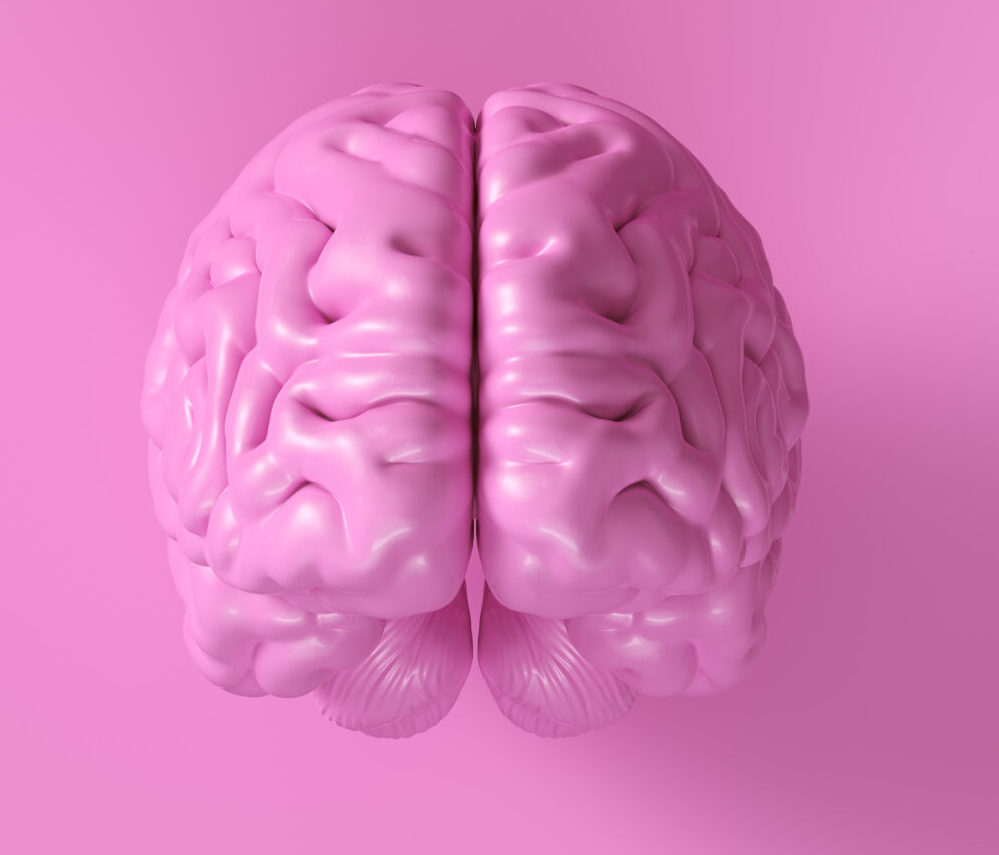Hallucinations in Lewy Body Dementia: Understanding and Coping
Lewy body dementia is a complex condition that affects the brain, leading to a variety of symptoms including cognitive decline, movement problems, and hallucinations. Hallucinations are a common and often early symptom of this disease, occurring in up to 80% of cases. These hallucinations can be visual, auditory, or even involve smells and touch, making everyday life challenging for those affected.
### What are Hallucinations in Lewy Body Dementia?
Hallucinations in Lewy body dementia are perceptions that occur without any external stimulus. They are not just seeing things that aren’t there; they can also involve hearing sounds, smelling odors, or feeling sensations that are not real. Visual hallucinations are the most common type, where people might see shapes, animals, or even people that are not present. These hallucinations can be vivid and detailed, making them very real to the person experiencing them.
### Why Do Hallucinations Happen?
The exact reason for hallucinations in Lewy body dementia is not fully understood, but they are linked to the abnormal buildup of a protein called alpha-synuclein in the brain. This protein forms clumps called Lewy bodies, which damage brain cells responsible for thinking, movement, and perception. As a result, the brain may misinterpret or create sensory information, leading to hallucinations.
### How to Cope with Hallucinations
Coping with hallucinations in Lewy body dementia requires patience, understanding, and a supportive environment. Here are some tips for caregivers and family members:
1. **Stay Calm and Supportive**: It’s important to remain calm and reassuring when someone is experiencing a hallucination. Avoid arguing or trying to convince them that what they see or hear is not real.
2. **Provide a Safe Environment**: Ensure the person’s safety by removing any hazards that could cause injury if they react to a hallucination.
3. **Seek Professional Help**: Consult with healthcare professionals for guidance on managing hallucinations. They can provide advice on medications and other treatments that may help reduce the frequency or intensity of hallucinations.
4. **Encourage Communication**: Encourage the person to talk about their experiences. Sometimes, understanding what they are seeing or hearing can help you better support them.
5. **Non-Pharmacological Interventions**: Engage the person in activities that stimulate their mind and body, such as puzzles, social interactions, or physical exercises. These can help improve their overall quality of life and may reduce the occurrence of hallucinations.
### Conclusion
Hallucinations in Lewy body dementia are a significant symptom that can be challenging to manage. By understanding the nature of these hallucinations and adopting supportive strategies, caregivers can help improve the quality of life for those affected. While there is no cure for Lewy body dementia, managing its symptoms and providing a supportive environment can make a big difference in the lives of those living with this condition.

